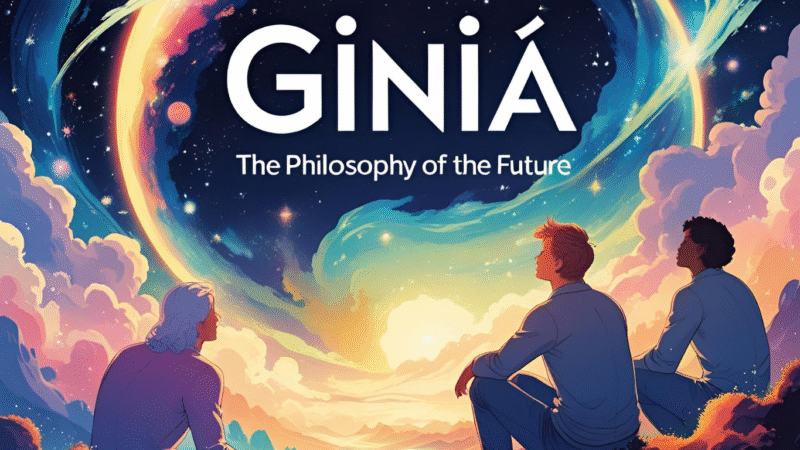Ancient Art: A Timeless Expression of Human Creativity

Introduction
Since the dawn of humanity, drawing has served as a vital mode of communication. As civilizations emerged, art evolved beyond mere survival, becoming a means of storytelling and self-expression. Today, ancient art offers a window into the past, reflecting human progress, beliefs, and cultural heritage.
A Journey Through Time
Art has always been a creative expression, initially used as a visual language. Early humans left behind cave drawings, dating back 45,000 years, that depict daily life, rituals, and beliefs. As civilizations developed, artistic techniques became more refined, leading to the creation of pottery, sculptures, paintings, and architectural marvels.
Major Civilizations and Their Artistic Contributions
Studying ancient civilizations reveals how humans used art to express knowledge, culture, and spirituality. These artistic legacies continue to inspire modern-day creators and historians.
Egyptian Art (3000 BCE – 30 BCE)
The Egyptian civilization, one of the most advanced of its time, left behind pyramids, hieroglyphics, and intricate sculptures. Their art primarily depicted gods, pharaohs, and the afterlife. Egyptian artisans mastered architecture, mathematics, and astronomy, creating monuments that still fascinate the world today.
Mesopotamian Art (3100 BCE – 539 BCE)
Mesopotamian art often illustrated religious themes and daily life. The civilization is known for ziggurats, cylinder seals, and relief carvings. Notable works include the Ishtar Gate and the Standard of Ur. Mesopotamian artists placed great emphasis on kingship and divine authority.

Greek Art (800 BCE – 31 BCE)
Greek art is celebrated for its realism and intricate detailing. Their sculptures, pottery, and architectural feats, such as the Parthenon, showcase their expertise in balance, harmony, and mythology. The Greeks also introduced the Olympic Games, an event that continues to thrive today.
Roman Art (509 BCE – 476 CE)
Romans excelled in architecture, mosaics, and paintings. They incorporated the golden ratio to create visually appealing structures. Roman art often depicted historical events, emperors, and gods. Their engineering feats, including aqueducts and the Colosseum, remain marvels of construction.
Indian Art (2500 BCE – Present)
From the Dancing Girl of Mohenjo-Daro to elaborate temple carvings, Indian art spans millennia. Deeply influenced by religion and mythology, Indian artisans used vibrant colors and intricate details in their paintings, sculptures, and architectural designs.
Chinese Art (2000 BCE – Present)
Chinese civilization is renowned for calligraphy, ceramics, and jade carvings. Their art reflects themes of nature, philosophy, and ancestral reverence. Masterpieces such as the Terracotta Army and silk paintings showcase their artistic prowess and historical depth.
Mesoamerican Art (1200 BCE – 1500 CE)
Mesoamerican civilizations, including the Mayans and Aztecs, created stunning works inspired by religious beliefs and astronomy. Their famous Mayan stelae and Aztec sunstones provide valuable insight into their advanced knowledge of the cosmos. The Mayan calendar, still discussed today, highlights their scientific achievements.

Mediums Used in Ancient Art
Ancient artists experimented with various materials to express their creativity:
- Paintings: Found in caves and tombs, early paintings depicted hunting scenes and spiritual beliefs.
- Sculptures and Carvings: Egyptian and Greek statues remain iconic, showcasing their mastery of proportion and realism.
- Pottery: Used for storytelling and daily utility, pottery was common across multiple civilizations.
- Architecture: Pyramids, temples, and amphitheaters stand as testaments to ancient ingenuity.
Significance of Ancient Art
Ancient art is more than just historical artifacts—it represents:
- Cultural Heritage: It offers insight into the values, beliefs, and daily lives of past civilizations.
- Artistic Influence: Many modern artists draw inspiration from ancient techniques and themes.
- Historical Documentation: These artistic legacies help historians accurately date and understand human evolution.
- Preservation of Knowledge: With modern technology, we can now restore and study these artistic treasures for future generations.
Conclusion
Ancient art transcends time, serving as both a historical record and a source of inspiration. What began as a means of communication has evolved into a profound artistic tradition that continues to shape contemporary art and culture. As we advance in technology, our ability to preserve and appreciate these masterpieces only deepens, connecting the past with the present.







4 thoughts on “Ancient Art: A Timeless Expression of Human Creativity”